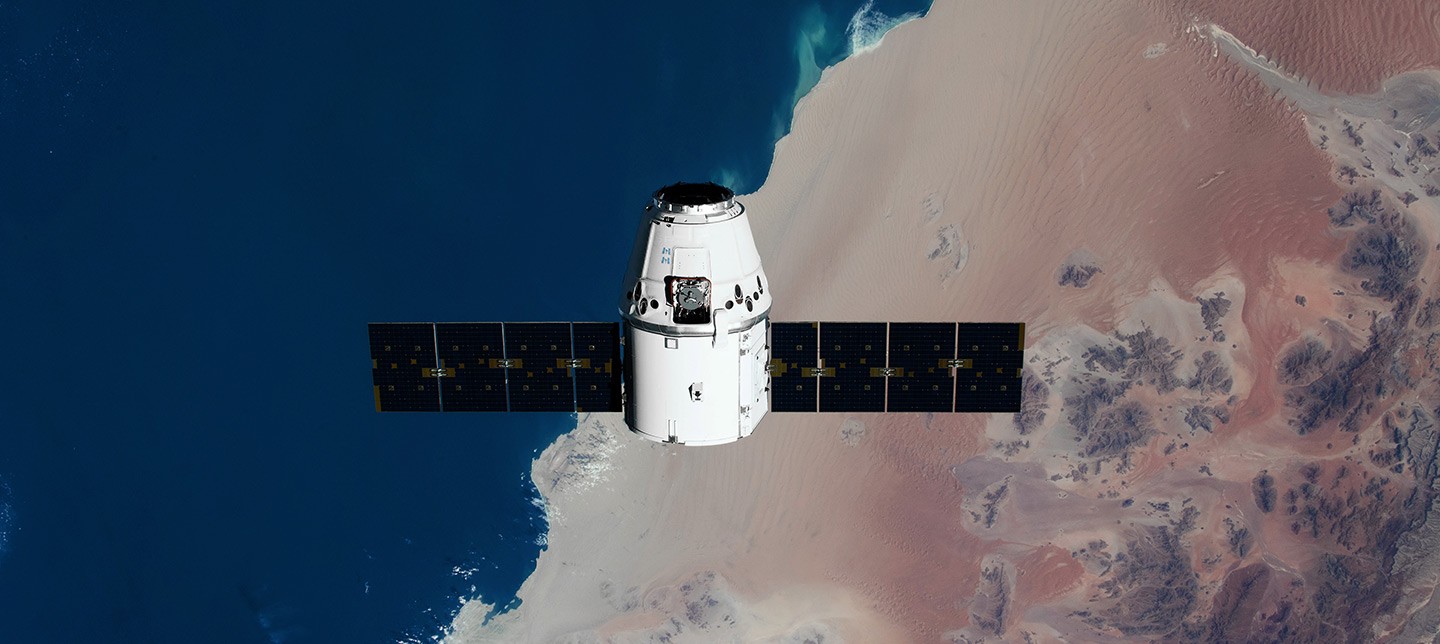From Saturday, Nov 23rd 7:00 PM CST - Sunday, Nov 24th 7:45 AM CST, ni.com will undergo system upgrades that may result in temporary service interruption.
We appreciate your patience as we improve our online experience.
From Saturday, Nov 23rd 7:00 PM CST - Sunday, Nov 24th 7:45 AM CST, ni.com will undergo system upgrades that may result in temporary service interruption.
We appreciate your patience as we improve our online experience.

BUSINESS INSIGHT
SATELLITE TEST AND INTEGRATION | 8 MINUTE READ
Satellites are prime targets for hackers due to their role in communication & defense. Read how engineers test for vulnerabilities & guard against threats.
Satellites are crucial to modern infrastructure, supporting everything from GPS navigation to international communications and military surveillance. However, these uses make them prime targets for satellite hacking, which could interfere with these vital functions. Strong cyber security protections is an increasingly important part of designing and testing satellites, ensuring operators can block or respond to threats.
Satellite hacking occurs when unauthorized actors gain access to satellite systems, which can lead to the disruption of data transmissions or even losing control of the satellite itself. This form of cyberattack is particularly dangerous because it can enable adversaries to steal sensitive information, disrupt network communications, or mislead political and military decisionmakers.
Hacking satellites is considered a type of space electronic warfare (EW), which includes activities like jamming signals and producing signal interference to disable or degrade the effectiveness of satellite communication systems. Space EW is becoming increasingly sophisticated, with technologies that can selectively target specific satellite functions without widespread damage.
Threats can come from both state and non-state actors with commercial, research, military, or government satellites as targets. While it isn’t easy to hack a satellite, this form of espionage or attack often requires fewer resources than traditional spying and military operations. Satellite manufacturers and operators must anticipate these challenges to build and maintain spacecraft that are hardened from attacks by traditional adversaries and nameless hackers.
Satellite designers, engineers, and operators defend against the threat of cyberattacks with the following strategies:
Satellite Link Emulation is a crucial process in the development of next-generation satellite communication systems. Engineers designing these systems must be able to emulate, design, and test real-life conditions prior to launch in order to model and evaluate system performance. This involves connecting third-party simulation software with real-time hardware-in-the-loop (HIL) testing. The emulation process includes replicating satellite orbit and payload characteristics such as the antenna model and beam configuration. The NI satellite link emulation (SLE) IP combines these paths into one signal and allows the user to add noise and carrier wave (CW) interference to output the emulated signal.
This test facilitates satellite hacking security measures in their ability to emulate complex space environments prior to launch. It provides a cost-effective solution to mitigate risks of satellite failures and allows engineers to evaluate system performance for different channel emulator parameters, such as Doppler, delay, losses, impairments, and interference. This process helps in validating next-generation satellite datalinks efficiently, expediting satellite integration, and entry to service. By integrating with most commercially available third-party or customer software, it provides scenario generation and orbital simulation. This comprehensive testing and validation process helps in enhancing the security measures against potential satellite hacking attempts.
To counteract evolving threats in space, continuous technological innovation is essential. Researchers and engineers are working to develop new technologies that can protect satellites from electronic attacks, including the use of quantum communication.
Quantum key distribution (QKD) uses the principles of quantum mechanics to ensure secure communication by creating an encryption key that is effectively impossible to decipher by outsiders. This technology is currently being tested in several pilot projects around the world and promises to provide a new level of security for satellite communications.
Several international collaborations are underway to test and refine space-based quantum communication systems. For example, projects like the Quantum Experiments at Space Scale (QUESS) involve partnerships between countries and private entities to explore the potential of QKD between ground stations and satellites. These initiatives are crucial for overcoming the technical challenges associated with transmitting quantum signals through the Earth's atmosphere.
While the promise of quantum satellite communications is compelling, significant challenges must be addressed. These obstacles include the miniaturization of quantum technology to fit within satellites, maintaining the integrity of quantum signals over long distances, and developing global standards for quantum communication. As these technological and regulatory hurdles are overcome, the next decade could see the widespread adoption of quantum communications, fundamentally transforming the security landscape for satellite and global communications.
As reliance on satellite technology grows, so does the importance of protecting these assets from hackers. NI hardware and software supports cyberattack and electronic warfare simulation, so engineers can evaluate systems against electronic threats during satellite test and integration. With ongoing developments in satellite protection, the resilience of space-based assets continues to improve, safeguarding vital global communications and security operations.
NI accelerates satellite testing with high-performance, adaptable, and scalable solutions. We provide tools and technologies that expedite every phase of launch vehicle and satellite design, validation, integration, and launch. Swift development and deployment of scalable test systems for satellite bus components, payloads, and the assembly, integration, and testing phases aid in scaling from individual geostationary satellite programs to extensive low Earth orbit constellations.
NI’s modular system approach caters to common, uncommon, and custom satellite communication bus interfaces, providing flexible solutions tailored to specific requirements. For SATCOM datalink and telemetry validation, NI enhances the integration and development efficiency of satellite test systems, ultimately reducing the satellite development cycle and ensuring timely deployment and operational readiness of satellite technologies. NI's comprehensive approach ensures that satellite systems are resilient, reliable, and ready to meet the challenges of modern space operations.